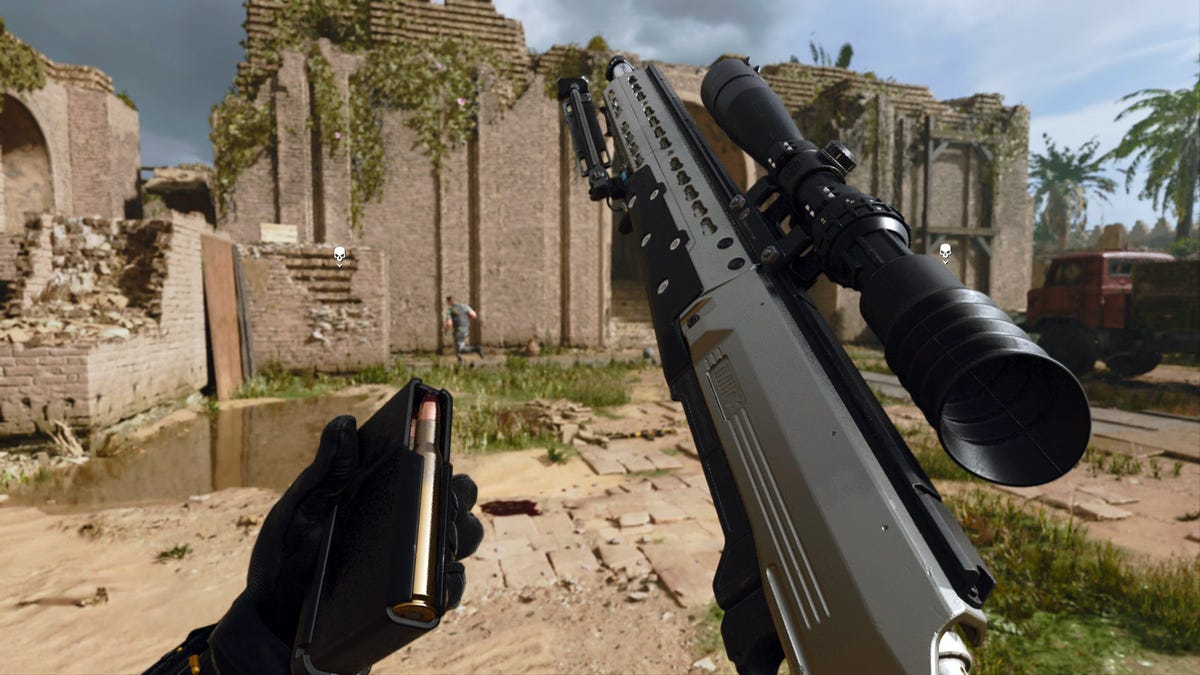Simple Tip for Telescoping Rods with Spring-Loaded Locking Balls (Detents)
I recently ran into a recurring annoyance with a telescoping rod (used for opening skylights, but this applies to any similar rod — mop handles, walking sticks, etc.) that uses a spring-loaded ball on the inner shaft to lock into holes in the outer sleeve. My particular issue was with the VELUX ZCT200. The problem: as you extend the rod, it’s easy for the shaft to rotate slightly, and then the ball won’t line up with the locking holes. You end up rotating and retracting repeatedly, trying to find where the ball is. Here’s a simple workaround: • Pull the inner shaft out far enough that the ball detent is fully exposed and visible. • Use a permanent marker to draw a line all the way around the inner shaft, centered on the ball. • Push the shaft back in. Now, as you’re extending the rod later, you’ll see the marker line appear through the outer sleeve’s holes — a clear visual cue that the ball is passing the locking point. From there, just rotate the rod slightly until the ball clicks in. It doesn’t stop the rod from rotating, but it makes finding the correct locking position way faster and less frustrating. submitted by /u/PeterVermont [link] [comments]
I recently ran into a recurring annoyance with a telescoping rod (used for opening skylights, but this applies to any similar rod — mop handles, walking sticks, etc.) that uses a spring-loaded ball on the inner shaft to lock into holes in the outer sleeve. My particular issue was with the VELUX ZCT200.
The problem: as you extend the rod, it’s easy for the shaft to rotate slightly, and then the ball won’t line up with the locking holes. You end up rotating and retracting repeatedly, trying to find where the ball is.
Here’s a simple workaround: • Pull the inner shaft out far enough that the ball detent is fully exposed and visible. • Use a permanent marker to draw a line all the way around the inner shaft, centered on the ball. • Push the shaft back in.
Now, as you’re extending the rod later, you’ll see the marker line appear through the outer sleeve’s holes — a clear visual cue that the ball is passing the locking point. From there, just rotate the rod slightly until the ball clicks in.
It doesn’t stop the rod from rotating, but it makes finding the correct locking position way faster and less frustrating.
[link] [comments]




























































































































































































































































